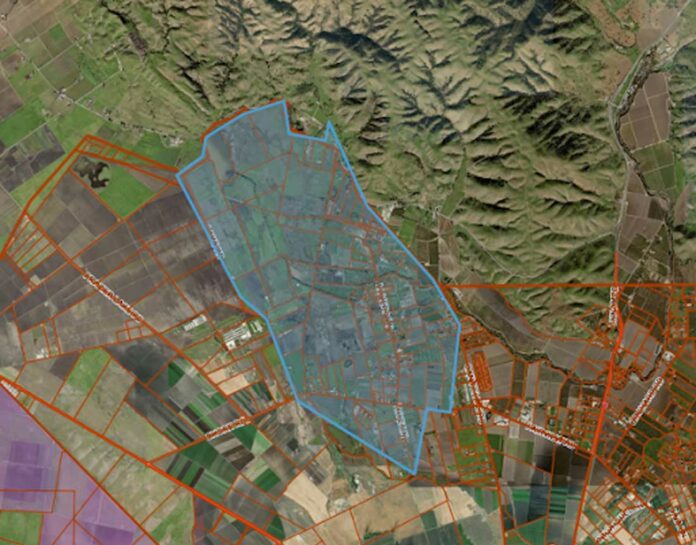
Mosquitoes that tested positive for the West Nile Virus have been found in a small unincorporated area of San Benito County, according to the county agricultural commissioner’s office.
Weather permitting, county officials are planning to treat the affected area on Oct. 3, starting about 7pm, says a press release from San Benito County. The treatment will conclude after a few hours.
Specifically, the area to be treated—where the West Nile virus-positive mosquitoes were found—is located north of Dunnville to Lake Road.
County officials said with warmer weather forecast in the coming days, a delay in the treatment application could “present an imminent threat to public health and safety.” The treatment is designed to reduce the mosquito population in the area, thus decreasing the risk of infection.
Residents in the treatment area will be notified by flier of the scheduled treatment application.
For more information, call the county agricultural commissioner’s office 8am-5pm Monday through Friday at 831.637.5344.
In order to help reduce the risk of a spread of mosquito-borne West Nile Virus, residents and property owners are encouraged to regularly inspect for standing water; drain or turn over anything that can hold water, such as flower pots, planter bases, pet dishes, buckets and old tires; clean items such as bird baths and pet bowls once a week to remove mosquito eggs; clear debris from rain gutters; fix leaky water faucets and broken sprinkler heads; and ensure window and door screens are in good condition.
West Nile Virus can infect humans who are bitten by mosquitoes that carry West Nile Virus, which is the leading cause of mosquito-borne disease in the continental U.S.—though most people who are infected do not become sick—according to the Centers for Disease Control and Prevention. About 20% of people infected develop a fever and other symptoms, and about 1 in 150 infected people develop serious, sometimes fatal, illness.
People can reduce their chance of becoming infected by applying insect repellent and by wearing long-sleeved shirts and long pants.









